Cats and dogs may share our homes, but let’s be honest — they’re basically living out a rom-com with trust issues. One minute they’re cuddled up like soulmates, the next they’re reenacting a tiny domestic turf war over the couch. It’s chaos, it’s comedy, and somehow it’s still the most heart-melting dynamic in the animal kingdom.
Their relationship works because it shouldn’t — the cat’s unbothered elegance clashes perfectly with the dog’s loud enthusiasm. And yet, between the tail chases, the stare-downs, and the occasional stolen nap together, they’ve figured out a kind of interspecies love language only they understand. Here are 15 adorably weird quirks that define the cat–dog love–hate relationship — proof that opposites really do attract (and sometimes attack).
1. The Mysterious Scent Marking
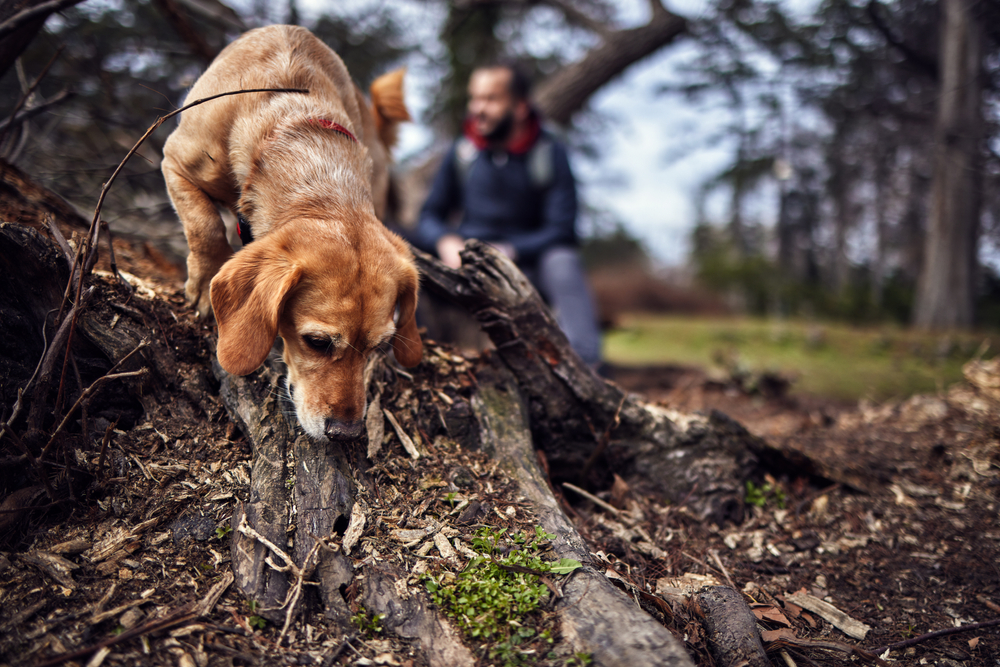
Ever notice how your cat rubs against furniture, while your dog sniffs it intensely? This isn’t just them being weird; it’s how they communicate. Cats have scent glands on their cheeks and use them to mark their territory, while dogs use their powerful noses to decode these messages. When a cat rubs against a dog, it’s a curious mix of territorial marking and a peace offering wrapped up in one.
According to a study published in the journal Behavioural Processes, the mutual sniffing that follows these interactions helps establish social hierarchies and reduces tensions. This olfactory dialogue is crucial for cohabiting pets, keeping the peace while subtly establishing who’s boss. It’s a silent conversation that might seem odd to us but makes perfect sense to them.
2. The Chase Game
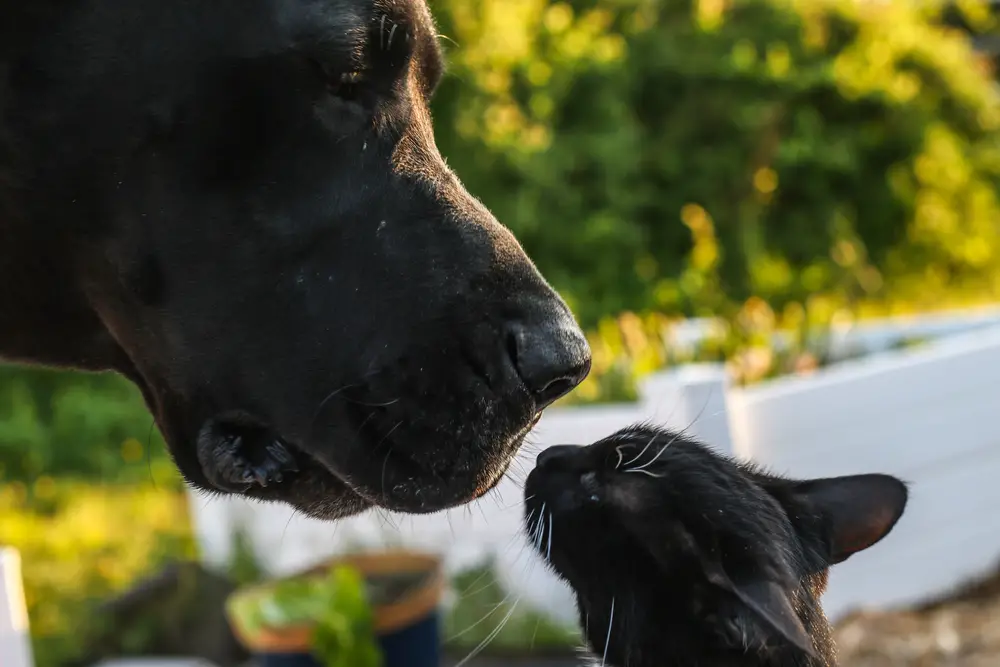
You’ve probably seen it: your dog dashes after your cat, sending it scurrying up the nearest tree or couch. To the untrained eye, this looks like conflict, but it’s often just a playful pursuit. Dogs have an inherent chase instinct, stemming from their ancestry as hunters. On the other hand, cats are skilled at evading, turning this game into a test of agility.
For cats, this chase can be both exhilarating and annoying, triggering their fight-or-flight instinct. Dogs see it as a game, a playful exercise to burn off energy. The key to ensuring this doesn’t escalate is to observe body language: a wagging tail and playful barks generally suggest fun, not aggression. This chase game is a testament to their age-old dynamic, blending instinct with the playful camaraderie of domestic life.
3. The Shared Territory
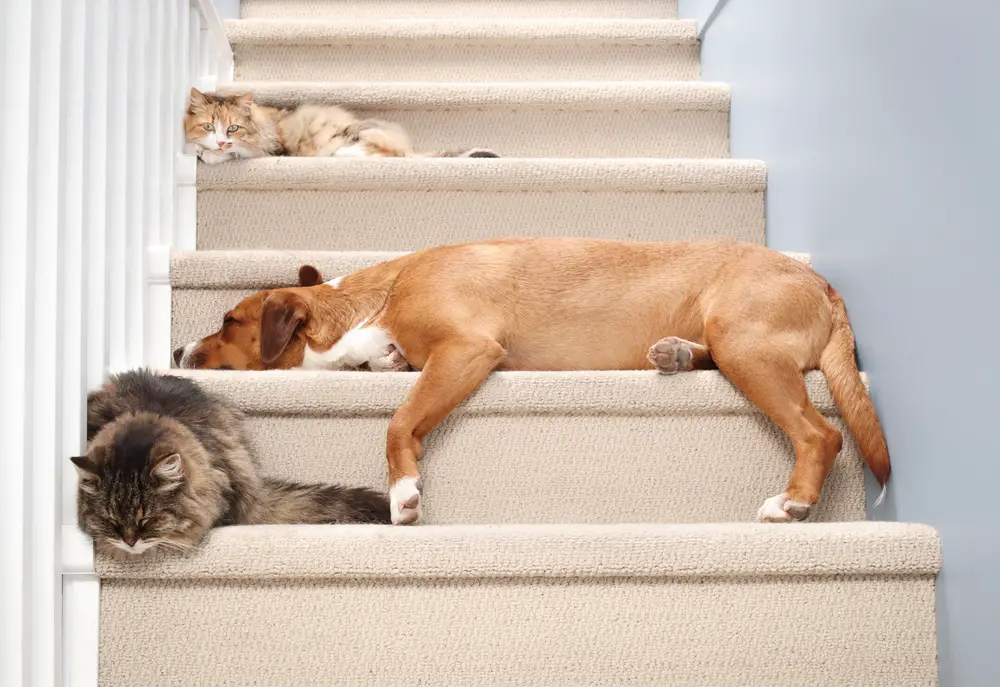
Living under one roof doesn’t automatically mean sharing spaces with ease, especially for creatures as naturally territorial as cats and dogs. While dogs are pack animals and generally more willing to share, cats are solitary hunters by nature and can be quite particular about their personal space. This disparity often leads to quirky standoffs over seemingly trivial things like a favored sunny spot or a cozy blanket.
According to renowned animal behaviorist Dr. John Bradshaw, cats and dogs often achieve harmony through a gradual process of mutual understanding and compromise. This involves scent sharing, as well as learning to navigate each other’s boundaries through trial and error. With time and patience, they can establish a comfortable coexistence, often surprising you with their ability to adapt. Watching this unfold can be a lesson in diplomacy, reminding you of the nuanced social dynamics at play in your own life.
4. The Food Bowl Stand-Off
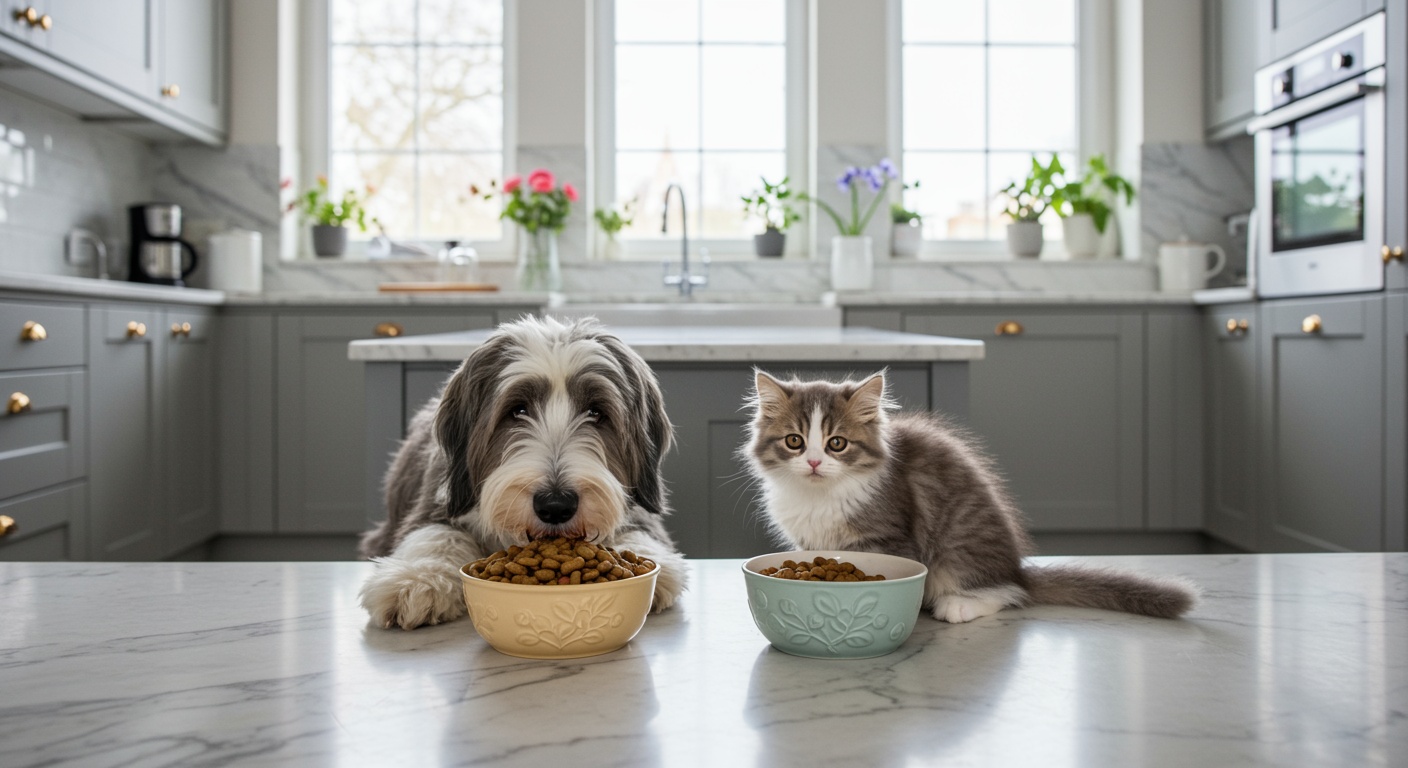
Sharing food space between a cat and a dog can be a battlefield. Dogs, being more opportunistic, often find cat food irresistible, while cats can be picky eaters, unwilling to share their delicacies. This can lead to a comical yet tense stand-off in front of the food bowls. The solution often lies in strategic feeding times and locations to maintain peace.
For dogs, the allure of feline food is the high protein content, appealing to their carnivorous instincts. Cats, on the other hand, may be put off by the dog’s scent or the mere idea of sharing. This posturing over food is not just about sustenance but also about maintaining social order. Observing this dance around the food bowl can be as entertaining as it is enlightening.
5. The Noisy Communication
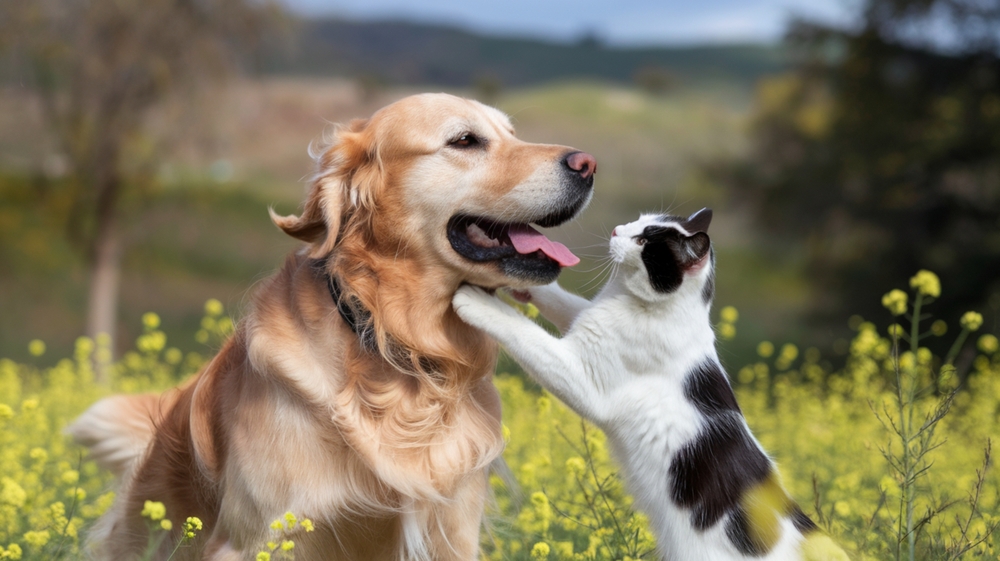
You might think that barking and meowing are just noise, but they’re integral to how dogs and cats communicate with each other and with you. Dogs often bark to alert or express excitement, while cats meow primarily to communicate with humans. When they interact, this vocal exchange can seem like they’re speaking two different languages. Yet, somehow, they manage to convey their intentions, whether it’s play, distress, or demand for attention.
Experts like Dr. Nicholas Dodman, a veterinary behaviorist, note that while cats and dogs don’t directly understand each other’s sounds, they’re highly adept at reading body language and context to get the message. This ability to interpret cues beyond vocalizations is what keeps the peace. It’s a reminder of the importance of non-verbal communication, a skill that often goes unnoticed in human interactions. The next time your pets engage in this unique dialogue, consider it a masterclass in cross-species communication.
6. The Sleeping Arrangements

When it comes to nap time, the differing preferences of cats and dogs can lead to some amusing scenarios. Cats often seek high or secluded spots, embodying their instinctive need for security. Dogs, conversely, tend to sprawl wherever comfort is readily available, often preferring proximity to their human companions. This divergence can lead to unexpected sleeping partnerships or humorous territorial disputes over the same cozy corner.
Yet despite these differences, many cats and dogs eventually find solace in each other’s warmth, often curling up together in a surprising show of camaraderie. This contradictory behavior highlights their ability to adapt and evolve beyond natural instincts. It also serves as a heartwarming reminder of the bonds that can form when you least expect them. Watching their sleepy heads nestled together makes you appreciate the simple pleasures and unexpected friendships in life.
7. The Play Styles

One of the most fascinating aspects of the cat-dog relationship is how they adapt their play styles to each other. Dogs, with their boundless energy, often enjoy games of fetch or tug-of-war, reveling in activities that harness their physicality. Cats, however, prefer stalking and pouncing, engaging in games that mimic hunting. When these two playmates come together, they must find a way to blend these contrasting styles into a coherent fun time.
According to research conducted by animal behaviorist Dr. Margit Gabriele Muller, successful play between cats and dogs involves a mutual understanding and adaptation of each other’s signals and boundaries. With time, they often develop unique games exclusive to their bond. This adaptability showcases an underlying mutual respect and highlights their ability to overcome inherent differences. Observing this playful rapport can inspire you to embrace flexibility and creativity in your interactions.
8. The Greeting Rituals
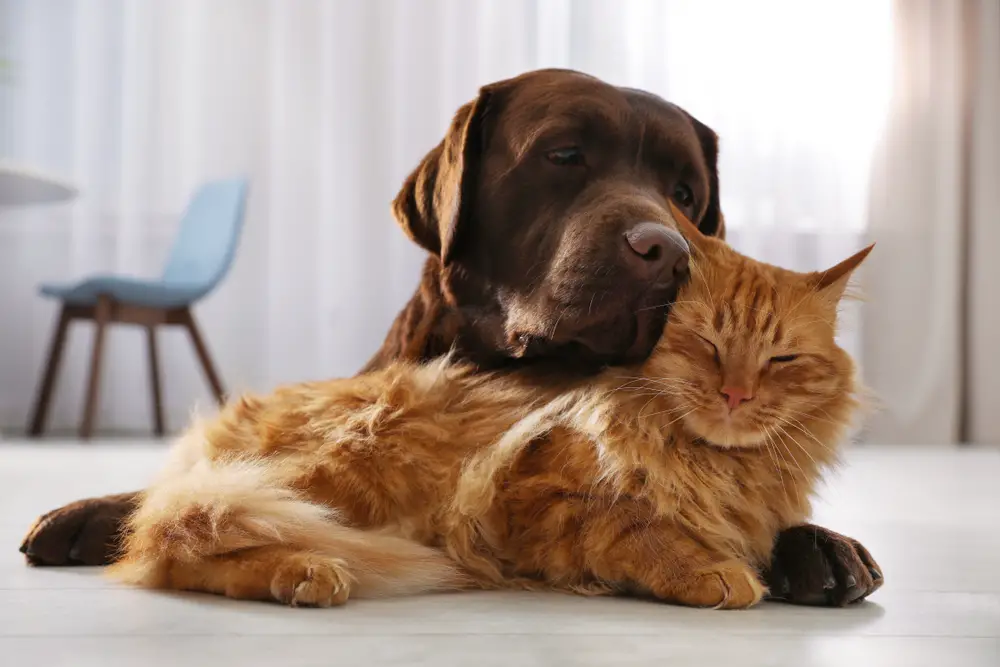
Cats and dogs greet each other in ways that are both bewildering and charming. Dogs, with their wagging tails and enthusiastic sniffs, embody overt affection. Cats, however, are more reserved, often opting for a subtle head bump or a slow blink. This disparity can lead to confusion and misinterpretation unless the pets are well-acquainted.
Over time, they learn to accommodate each other’s greeting styles, developing a bespoke ritual that satisfies both parties. This mutual understanding can take time but is a testament to their adaptability. Watching them perfect this routine can be a reminder of the diverse ways people express affection and the importance of learning your partner’s love language. Their greetings, though awkward at first, eventually become a seamless expression of their bond.
9. The Shared Curiosity
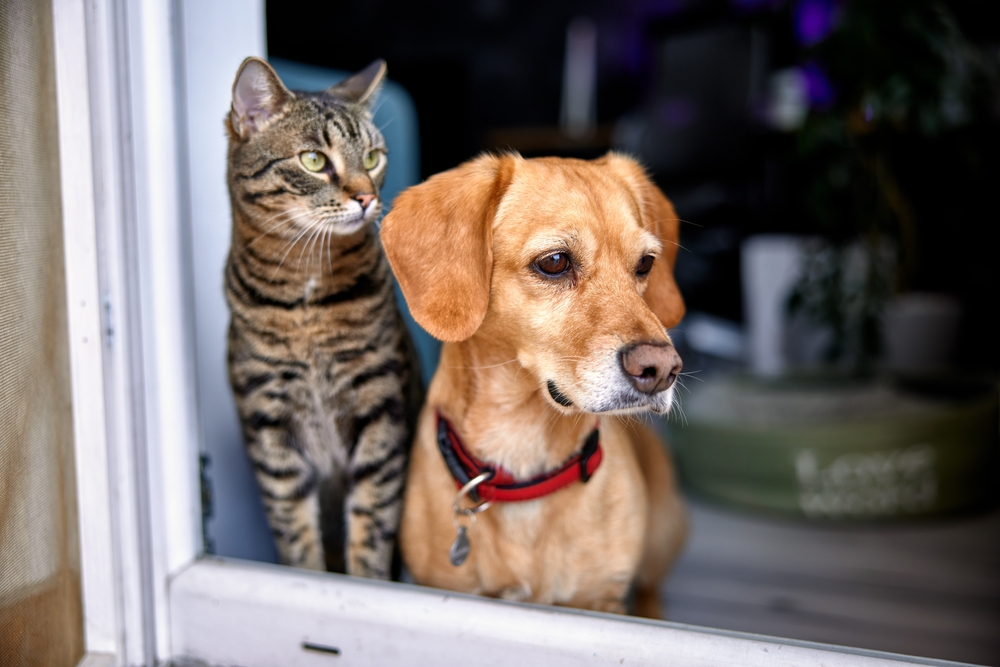
Despite their differences, cats and dogs share an insatiable curiosity about the world around them. Whether it’s a new toy, a mysterious noise, or an unfamiliar scent, both are eager to investigate, albeit in their own unique ways. Dogs might charge in with unabashed enthusiasm, while cats approach with cautious curiosity. This exploration can lead to some hilarious scenarios as they navigate new experiences together.
Their joint curiosity often fosters teamwork, with each pet relying on the other’s strengths. The dog might provide the bravado, while the cat offers the cunning. This symbiotic relationship allows them to explore more than they could alone, highlighting the value of collaboration. Their shared curiosity is a reminder that diverse approaches can yield rich results, encouraging you to embrace different perspectives in your own life.
10. The Jealousy Joust
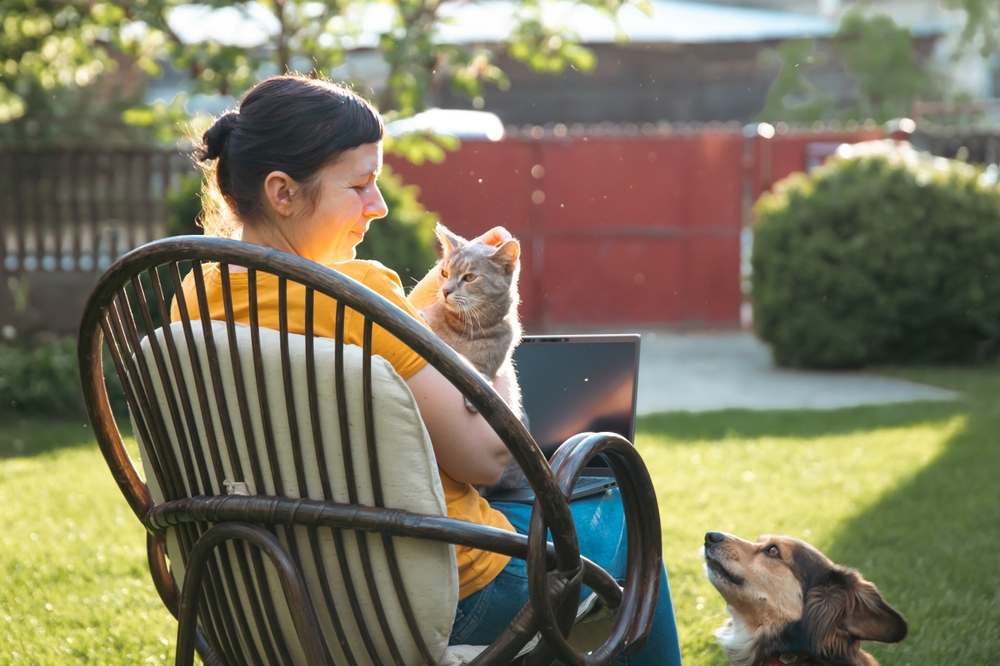
If you’ve ever owned both a cat and a dog, you know that jealousy is a palpable force in your household. Dogs are often more openly possessive, making their displeasure known when you lavish attention on the cat. Cats, though more subtle, can express their own form of jealousy through aloofness or sudden demands for attention. This rivalry is not unlike sibling competition, as each tries to assert their place in your heart.
While this jealousy can lead to temporary tension, it often resolves itself through compromise and shared affection. Pets eventually learn that love is not a zero-sum game, adapting to the presence of their rival. This realization leads to moments of unexpected harmony, where they can coexist peacefully. Their journey from jealousy to acceptance is a testament to the power of love and the ability to grow beyond insecurity.
11. The Bathing Dilemma
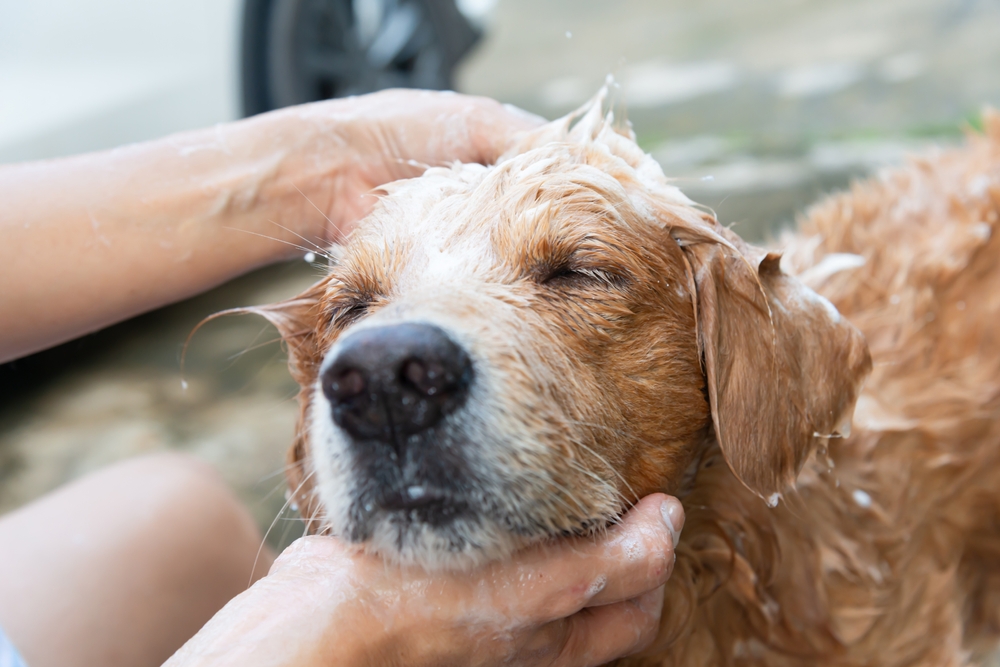
Bath time can reveal yet another dimension of the cat-dog relationship, showcasing their differing attitudes toward cleanliness. Dogs, generally more tolerant of water, may even enjoy the occasional splash session. Cats, however, are infamously averse to water, preferring dry grooming rituals. This disparity can lead to amusing scenes when they attempt to groom or “bathe” each other.
In some rare instances, cats might even take on a nurturing role, licking their canine companions in a show of care and companionship. This unexpected role reversal underscores the depth of their relationship, where instinct gives way to affection. Observing this dynamic can remind you of the multifaceted nature of relationships and the importance of stepping outside your comfort zone. Through these grooming rituals, cats and dogs demonstrate that love often transcends innate behaviors.
12. The Guard Duty

In many homes, dogs naturally assume the role of protector, alerting you to potential threats with their barks. Cats, though not traditionally seen as guardians, often keep a watchful eye from the sidelines. Together, they form a formidable team, each contributing their unique skills to maintain household security. This shared sense of duty can lead to unexpected alliances as they work in tandem to keep their territory safe.
Their cooperation is not just about protection but also about mutual respect. Dogs often appreciate the cat’s keen instincts, while cats benefit from the dog’s physical presence. This dynamic showcases their ability to unite for a common cause, despite differing methods. Observing their shared vigilance can be a lesson in teamwork, emphasizing the strength that comes from diverse talents working together.
13. The Emotional Barometer
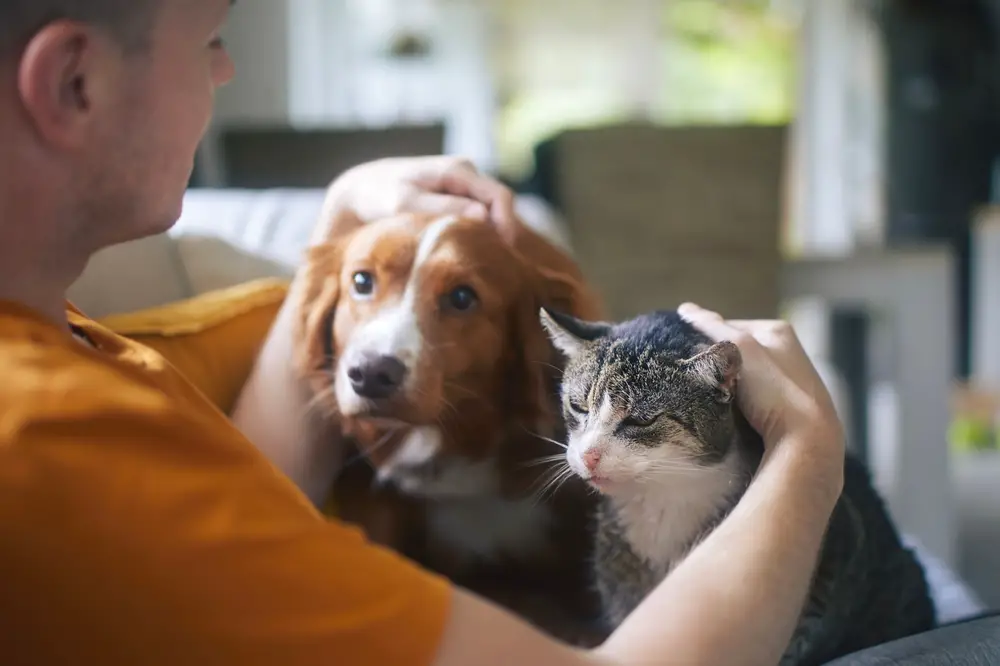
Both cats and dogs are incredibly attuned to human emotions, often serving as barometers for their owners’ moods. Dogs, with their instinctive empathy, are quick to offer comfort through physical closeness and affectionate gestures. Cats, although more reserved, express their support through quiet companionship and subtle gestures. Together, they create a balanced emotional support system, offering solace in their unique ways.
This dual approach ensures that you receive comfort tailored to your emotional needs at any given moment. In times of stress or sadness, their presence can be incredibly healing, showcasing the profound bond between humans and pets. Their ability to sense and respond to your emotions is a reminder of the inherent wisdom animals possess. This intuitive support can inspire you to be more attuned to the feelings of those around you, nurturing deeper connections.
14. The Adventure Partners
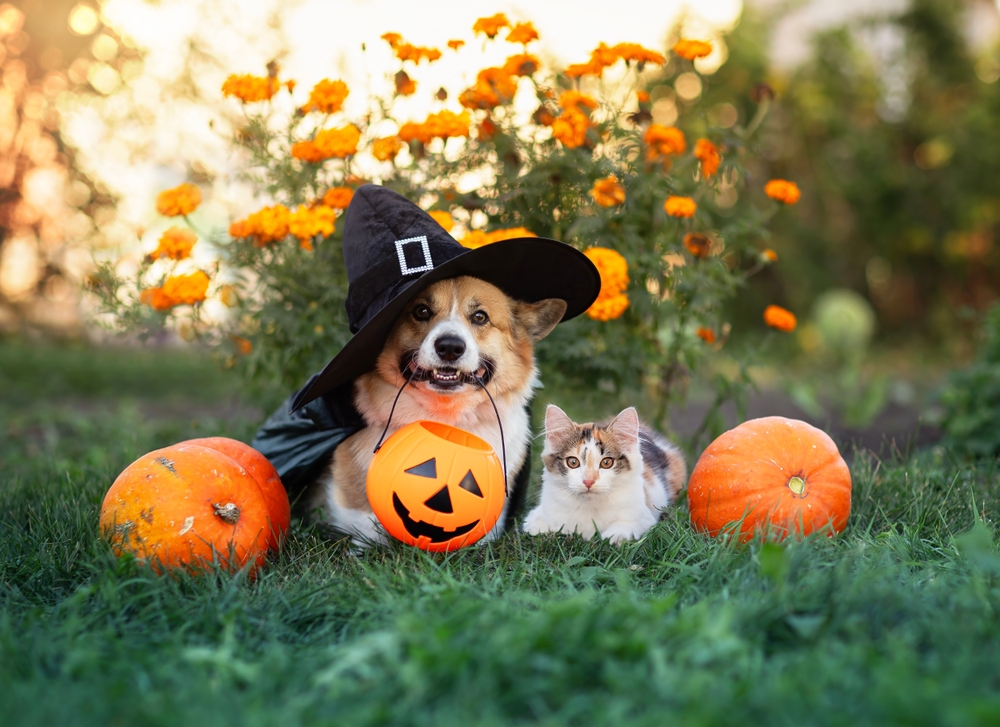
While cats are often seen as homebodies, content with indoor life, and dogs as eager adventurers, these roles can sometimes blur. Cats, curious and independent, might surprise you by exploring the great outdoors alongside their canine counterparts. Dogs, with their zest for exploration, can provide the security and companionship cats need to venture beyond their comfort zones. This unexpected partnership can lead to shared adventures and discoveries that enrich their lives.
Their joint excursions are a testament to their adaptability and willingness to step outside their respective roles. These adventures not only deepen their bond but also offer a new perspective on the world around them. Watching them navigate unfamiliar terrain together can be a reminder that growth often occurs outside your comfort zone. Their willingness to explore as a team underscores the value of companionship and shared experiences.
15. The Silent Understanding
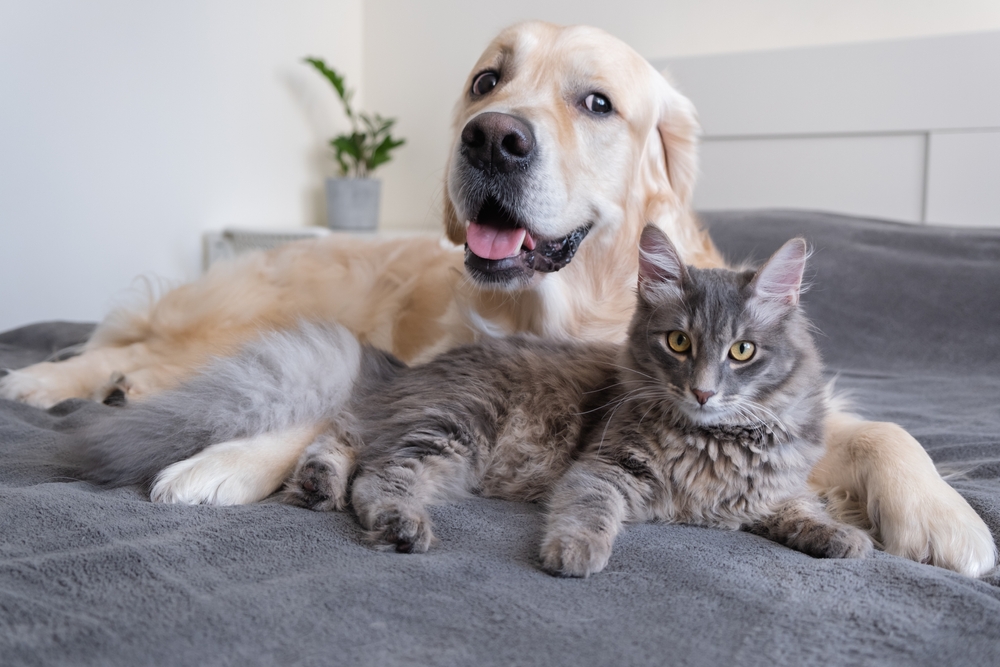
There’s a certain magic in the silent understanding that develops between cats and dogs over time. Through countless interactions, shared experiences, and occasional conflicts, they learn to coexist in harmony. This unspoken bond is founded on mutual respect and a deep understanding of each other’s needs and boundaries. Despite their many differences, they find a way to communicate and connect on a level that transcends words.
This silent understanding is a reminder of the power of presence and empathy in relationships. It illustrates how, even in the absence of verbal communication, meaningful connections can flourish. Observing this dynamic between your pets can inspire you to cultivate patience and understanding in your own relationships. In the end, the cat-dog relationship is a testament to the beauty of cohabitation, where differences are celebrated, and love knows no boundaries.
